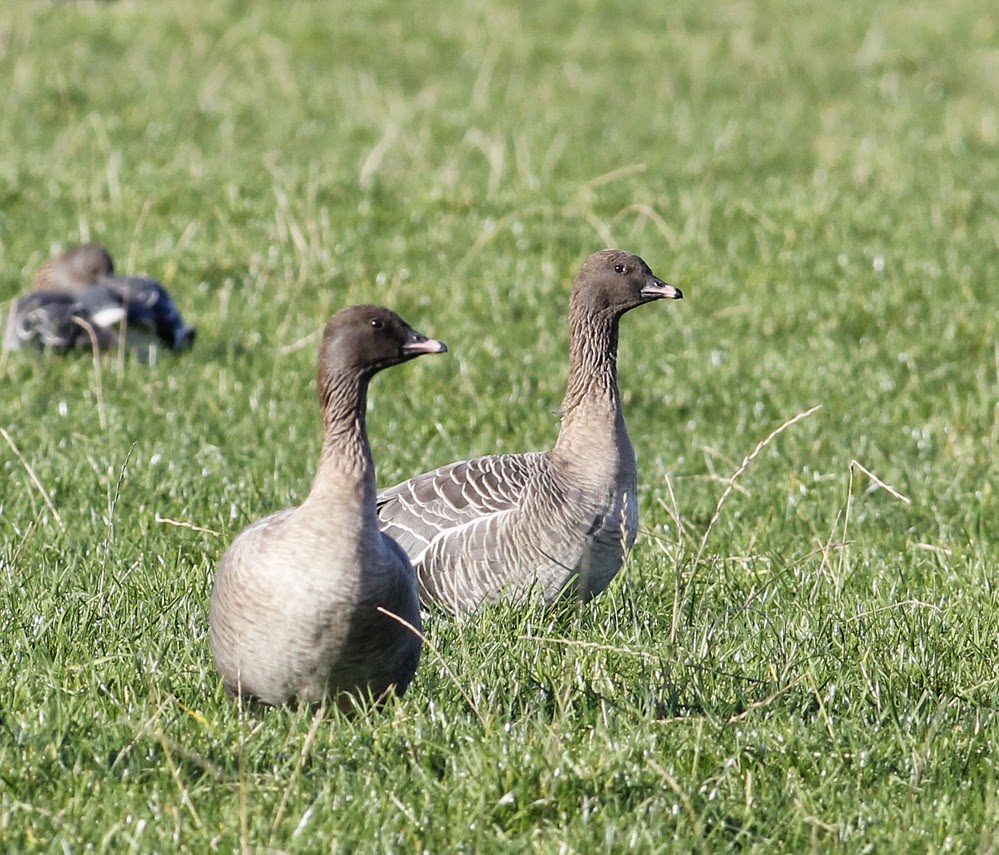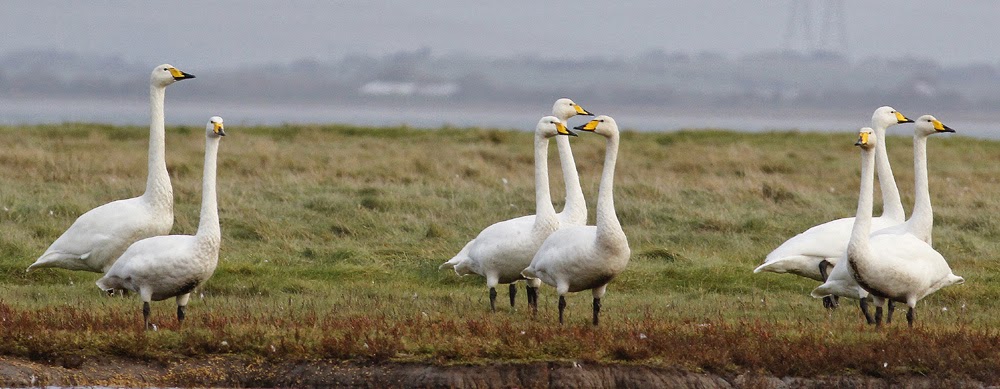A sunny start was promised so I set off early for a run round the usual spots before heading into the hills. With Andy in Brum it was my turn to top up the feeding station in preparation for a much delayed ringing session now planned for Monday.
Crossing the moss roads I noted a hovering Kestrel and then had tantalising views of a Barn Owl, the bird stopping briefly on a fence post before flying off towards the open-fronted barn where it spends the day. The weather has been very mild of late, so much so that Barn Owls don’t need to spend extra daylight hours hunting for food as they often do in cold and frosty conditions. There was little point in waiting for the owl to reappear so I headed north west towards the coast.
Barn Owl
I made my way to Glasson Dock where the Kingfisher flew right to left across the dock. On quiet Sunday mornings the Kingfisher often spends time fishing from the ropes and moorings at the far end of the dock and away from the busy road bridge. All the sevens, 77 Tufted Duck was a good count on the yacht basin where 9 Cormorants lined the distant jetties but little else of note.
Glasson Dock
Kingfisher
A flying visit to Conder Green gave the customary teens of Little Grebe, 110 Teal, 1 Little Egret, 1 Red-breasted Merganser, 1 Spotted Redshank and 1 Common Sandpiper. Near the café - 1 Pied Wagtail, 1 Reed Bunting, 8 Goldfinch, 1 Meadow Pipit, 15 Chaffinch and 8 Linnet.
Time waits for no man and now was time to motor into the hills and stock the birds’ pantry. Thirty minutes and a couple roadside Jays later I stopped to survey the feeding station.
Oakenclough
As already indicated the weather of late is so mild that even up here on the fringes of the Pennines and the Bowland Hills the feeders are still dominated by two essentially lowland birds, Goldfinch and Greenfinch, with lesser numbers of Chaffinch, Coal Tit, Great Tit and Blue Tit. Singles of both Pied Wagtail and Grey Wagtail were close by but unlikely to find their way into the nets.
Blue Tit
On the nearby reservoir was a family party of 5 Whooper Swans, two adults and 3 still quite brownish juveniles.
Whooper Swans
I hope they don’t hit the mist nets tomorrow or whenever we manage a ringing session.
Linking today to Run-A-Round Ranch and Stewart's World Bird Wednesday.
Linking today to Run-A-Round Ranch and Stewart's World Bird Wednesday.

















































































